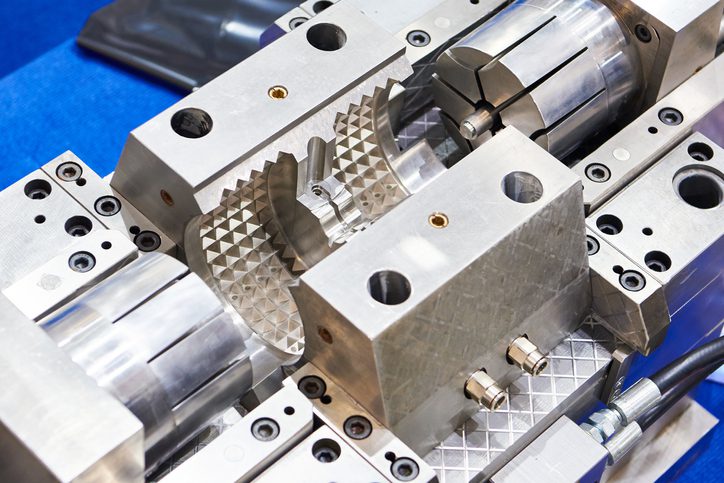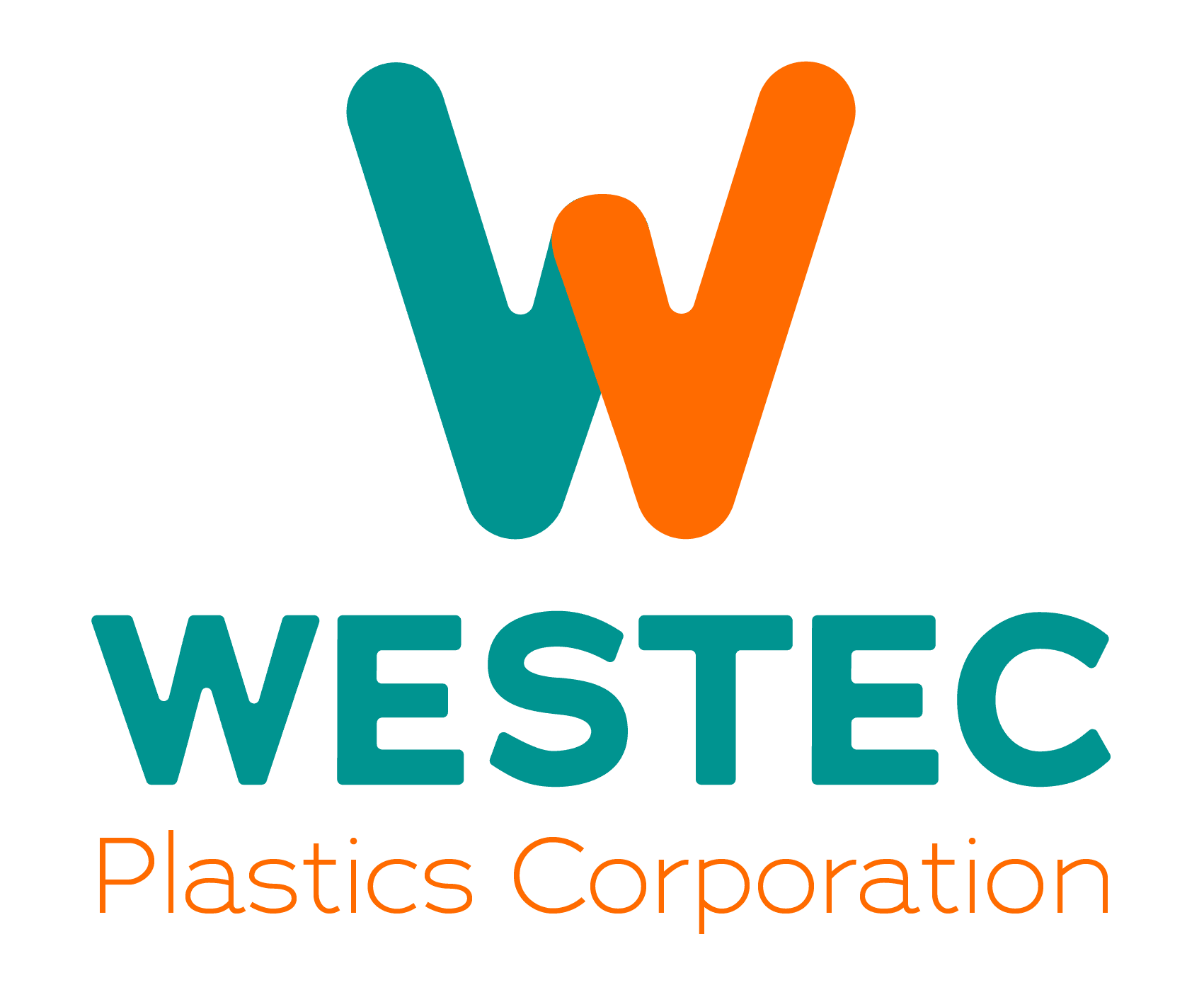
In injection molding, the quality of the tooling is paramount. In fact, the quality of your tooling may mean the difference between parts produced with precision and consistency, and money lost on defective or substandard components. Traditionally, aluminum and steel have both been popular choices for injection molding tooling, but it may leave many wondering about the benefits of aluminum vs steel injection molds.
This is likely to become a more prominent question with the advent of 3D printed steel tooling. Mantle, a company out of San Francisco, has developed the one of the industry’s premier 3D printer designed for tooling. And while this does give an edge to steel mold inserts in terms of lead times, there are several other factors that should be considered when deciding between aluminum vs steel injection molds.
Aluminum vs Steel Injection Molds: What are the Differences?
When comparing aluminum vs steel injection molds, there are several notable factors that distinguish them from each other. These characteristics include:
- Weight—Aluminum molds are generally much lighter than steel.
- Thermal conductivity—Steel has a lower thermal conductivity compared to aluminum.
- Wear resistance—Steel also has a higher wear resistance than aluminum.
- Melting point—The melting point of aluminum is lower than that of steel.
Because of those characteristics, aluminum molds are known for having better thermal conductivity and easier to polish, but are typically less durable than steel molds, which are much more resistant to wear.
In terms of cost, aluminum molds are also generally less expensive up front and faster to produce. However, once again, 3D printed steel inserts are changing things in this regard.
Aluminum vs Steel Injection Molds: What are They Most Suitable For?
The real question most people want answered when they’re comparing aluminum vs steel injection molds is, when is one a better choice than the other? Here, we’ll break down when you might want to choose aluminum over steel, or vice versa, depending on your needs.
Prototyping and Short Production Runs
If your part requires quick prototyping or a short production run, aluminum molds are generally considered to be the better choice. They are lighter weight than steel, and traditionally faster to produce, making them ideal for quick iterations of designs or the production of limited quantities.
Steel molds, however, are becoming a more viable option thanks to 3D printing technology. The fabrication cost is initially higher, but with better durability and a longer lifespan, the benefits of steel molds can offset the initial investment if you plan on using them over and over.
The winner: Aluminum. For now. But look for 3D printed steel molds to become more popular for productions that require multiple iterations or several production runs.
High-Volume Production
When you need tooling for a high production run, steel is usually the go-to choice. Steel molds are much more durable than aluminum, making them better able to withstand the demands and wear of long production requirements.
Aluminum, however, is a good candidate if you have more moderate production length requirements;
The winner: Steel.
Material Requirements
Here is where things get a little more nuanced in our comparison of aluminum vs steel injection molds. Each offers a different set of benefits based on the materials your injection molder will be working with to produce your part.
For instance, aluminum is an excellent choice for materials with lower melting points and those that require faster cooling times. As a result, you might choose aluminum if your part requires thermoplastics or applications where quick cycle times outweigh the importance of durability.
Steel is a great option for a wide range of materials. It’s well suited to working with high-strength plastics and other materials with high melting points. As a result, it’s best for applications where part precision and material compatibility are critical.
The winner: It’s a draw; both have advantages depending on the materials involved in your project.
Part Quality and Tight Tolerances
When it comes to part quality and parts with tight tolerances, aluminum and steel molds both have a lot to offer.
Aluminum generally produces parts with a better surface finish, which is ideal when aesthetics are a concern, such as in consumer products. Due to its affordability, aluminum is also a good option for projects with less stringent requirements, and simpler parts with less complex geometries.
Steel, on the other hand, is overwhelmingly the preferred choice for producing parts with tight tolerances and intricate geometries. Steel’s unique combination of attributes makes it ideal for complex parts used in critical applications.
The winner: It depends. Aluminum is a more cost-effective option for simpler parts but steel is the definitive winner for complex parts with tight tolerances.
Cost Considerations
Finally, the big question when comparing aluminum vs steel injection molds: which is more cost-effective?
At first glance, the obvious winner is aluminum. Not only are material costs lower, but aluminum tooling is also faster to produce.
Steel, in contrast, has a higher initial investment due to material and setup costs. But once again, this is changing thanks to 3D printed steel tooling. With 3D printed steel mold inserts and cavities, lead times are significantly reduced (3-5 weeks instead of 10) and, at Westec, production is fast, precise, and domestic. Beyond that, steel tooling has better long-term value due to its ability to handle high-volume production runs, and often ends up being more cost-effective over the lifetime of the mold for large-scale products.
The winner: Again, it depends. If your production doesn’t require the enhanced characteristics of steel, then aluminum is the better choice. But if you’ll need your tooling for high-volume production, steel molds offer much more value over the long term.
Get The Plastic Parts You Need From Westec Plastics
At Westec Plastics, we’re a California-based injection molding company, but we got our start in tool making. While we’ve expanded our capabilities far beyond that in our 50+ years of business, we’re still committed to offering the best solutions out there for your tooling needs–because we understand the quality of your tooling directly impacts the quality of your parts.
That’s why we implement Mantle’s proprietary 3D tooling printing machine into our offerings. That, along with our advanced injection molding capabilities, secondary services, and clean room injection molding solutions, enables us to be your plastic manufacturing partner through every step of the production process.
Do you need high-quality plastic injection molded parts from a partner that understands tooling inside and out? Contact our team today to get started.




